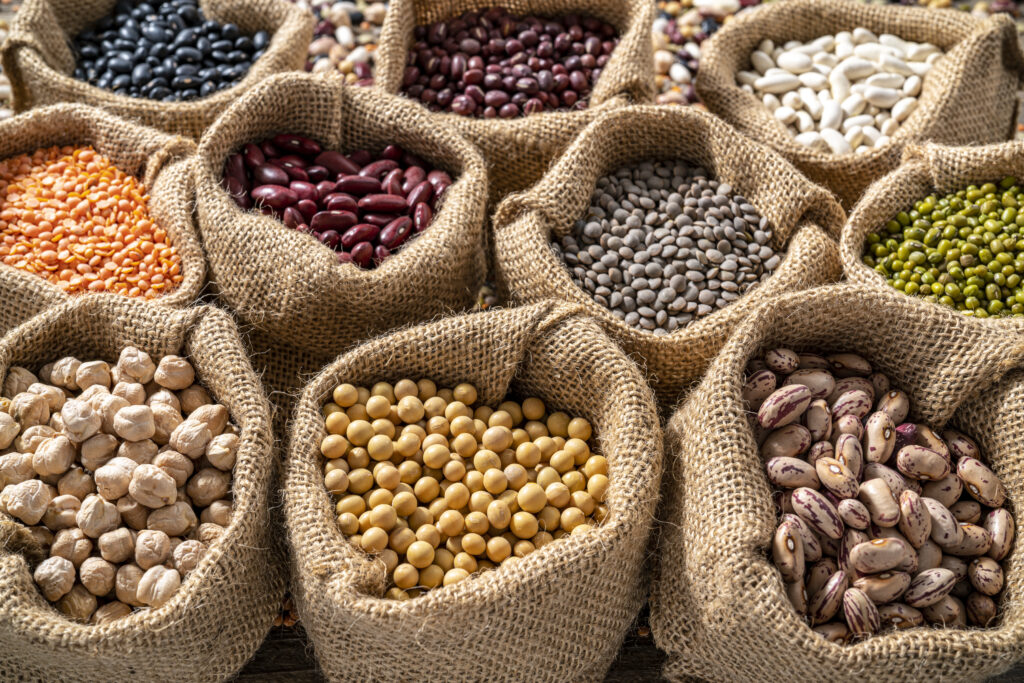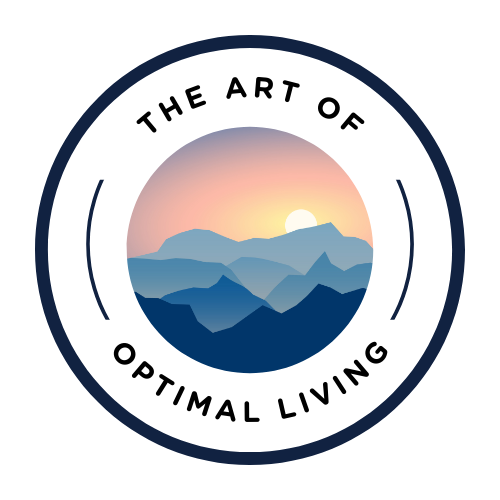
Contents
What are Lectins?
Lectins are a plant proteins that bind to carbohydrates. They are found in all plants but are highest in legumes (peanuts, beans, soybeans, lentils and peas) and whole grains. Plants use lectins as part of their natural defense system (r). They are specifically designed to make predators feel sick, so they don’t continue to eat them. Not only do lectins lead to feelings of discomfort and nausea (r), they also wreak havoc on our immune system and cells.
Lectins are highly resistant to heat and other extreme conditions. Although certain cooking methods can remove most of the lectins found in plants, small amounts can still remain if not done correctly. They are also highly resistant to the digestive enzymes in our gut, allowing any we do end up eating to cause all sorts of issues.
A commonly mentioned benefit of lectins is that they can act as antioxidants in the body, which help against oxidative stress. In the presence of an otherwise healthy lifestyle with regular exercise and good nutrition, antioxidants from lectins are completely unnecessary. Your body simply doesn’t need them.
The Deleterious Effects of Plant Lectins
So what’s the problem with lectins? Lectins interact with the human body in multiple deleterious ways and can be especially harmful to people with autoimmune disease and gut permeability. Lectins are considered an anti-nutrient, meaning they block the absorption of nutrients (r). Specifically, lectins block the absorption of the minerals calcium, iron, phosphorus and zinc. This applies to everyone, not just those who are sensitive. So if you are lacking in any of these minerals, it’s best you avoid lectins. As I mentioned before, lectins consumed in high amounts are known to cause extreme discomfort and side effects like nausea and vomiting (r). This is what they are designed to do!
Additionally, lectins bind to the cells lining the digestive tract and cause damage to the intestinal barrier (r). The bonded lectins separate the tight junctions between the cells in your gut, leading to a condition known as leaky gut (r). A leaky gut allows not only the lectins, but pathogens and other food particles to pass through the stomach lining and into the body where they start to interact with the immune system. Your immune system then creates antibodies to target and destroy the lectins and pathogens. The issue is, antigens found on lectins and other foreign particles can look very similar to our own cells, which enables a process called molecular mimicry (r). The antibodies created by the immune system to attack the lectins and other invaders mistakenly attack our own cells. This is a well established and common trigger to autoimmune disease.
Lectins also appear to interact with mast cells, causing histamine release and heartburn (r).
There is some evidence that lectins can bind to distant organs and cells like the brain and insulin receptors (r).
Why You Should Avoid Lectins
I recommend you try eliminating lectins for a few months to see how you feel, especially if you have an autoimmune disease. Although different autoimmune diseases involve the attack of different cells, many share similar underlying causes and triggers. Leaky gut and molecular mimicry seem to be common drivers of autoimmunity. It’s clear that lectins can contribute to intestinal permeability and allow passage of problematic substances into the body. Not only can lectins damage the gut and trigger autoimmunity, but they can also lead to nausea, indigestion, heart burn, nutrient deficiencies and potentially insulin sensitivity.
When I started the Autoimmune Protocol diet and removed lectins from my diet, my symptoms dramatically improved. There are many people trying to convince us that lectins cause no harm and are purely beneficial. The truth is they can cause harm, especially to susceptible people. While it’s true they can provide some benefits, it’s important to realize that lectins and the vegetables that contain them are far from necessary. The benefits probably don’t outweigh the side effects.
I encourage everyone to experiment with lectin elimination. It has certainly helped me in managing my rheumatoid arthritis and psoriasis. For those of you who have an autoimmune condition, I believe you owe it to yourself to find out how your body reacts to lectins. You should all explore the link between your autoimmunity and lectins in your journey towards optimal health and recovery.
Learn effective strategies for optimizing your health every single week.
Cordain L, Toohey L, Smith MJ, Hickey MS. Modulation of immune function by dietary lectins in rheumatoid arthritis. Br J Nutr. 2000;83(3):207-217. doi:10.1017/s0007114500000271
Cusick MF, Libbey JE, Fujinami RS. Molecular mimicry as a mechanism of autoimmune disease. Clin Rev Allergy Immunol. 2012;42(1):102-111. doi:10.1007/s12016-011-8294-7
Freed DLJ. Do dietary lectins cause disease? BMJ. 1999;318(7190):1023-1024.
Greer F, Pusztai A. Toxicity of kidney bean (Phaseolus vulgaris) in rats: changes in intestinal permeability. Digestion. 1985;32(1):42-46. doi:10.1159/000199215
Petroski W, Minich DM. Is There Such a Thing as “Anti-Nutrients”? A Narrative Review of Perceived Problematic Plant Compounds. Nutrients. 2020;12(10):2929. doi:10.3390/nu12102929
Rodhouse JC, Haugh CA, Roberts D, Gilbert RJ. Red kidney bean poisoning in the UK: an analysis of 50 suspected incidents between 1976 and 1989. Epidemiol Infect. 1990;105(3):485-491. doi:10.1017/s095026880004810x
Shechter Y. Bound lectins that mimic insulin produce persistent insulin-like activities. Endocrinology. 1983;113(6):1921-1926. doi:10.1210/endo-113-6-1921
Vasconcelos IM, Oliveira JTA. Antinutritional properties of plant lectins. Toxicon. 2004;44(4):385-403. doi:10.1016/j.toxicon.2004.05.005
Vojdani A. Molecular mimicry as a mechanism for food immune reactivities and autoimmunity. Altern Ther Health Med. 2015;21 Suppl 1:34-45.
Zhao Y, Qin G, Sun Z, Che D, Bao N, Zhang X. Effects of Soybean Agglutinin on Intestinal Barrier Permeability and Tight Junction Protein Expression in Weaned Piglets. Int J Mol Sci. 2011;12(12):8502-8512. doi:10.3390/ijms12128502
Peumans WJ, Van Damme EJ. Lectins as plant defense proteins. Plant Physiol. 1995;109(2):347-352.
Vojdani A. Lectins, Agglutinins, and Their Roles in Autoimmune Reactivities.
Vojdani A, Afar D, Vojdani E. Reaction of Lectin-Specific Antibody with Human Tissue: Possible Contributions to Autoimmunity. J Immunol Res. 2020;2020:1438957. doi:10.1155/2020/1438957
Molecular Mimicry as a Mechanism for Food Immune Reactivities and Autoimmunity – ProQuest. Accessed December 22, 2023. https://www.proquest.com/openview/a8023da8e9b4d6ca4f1a1aeae1f12311/1?pq-origsite=gscholar&cbl=32528
Molecular Mimicry as a Mechanism of Autoimmune Disease – PMC. Accessed December 22, 2023. https://www.ncbi.nlm.nih.gov/pmc/articles/PMC3266166/
